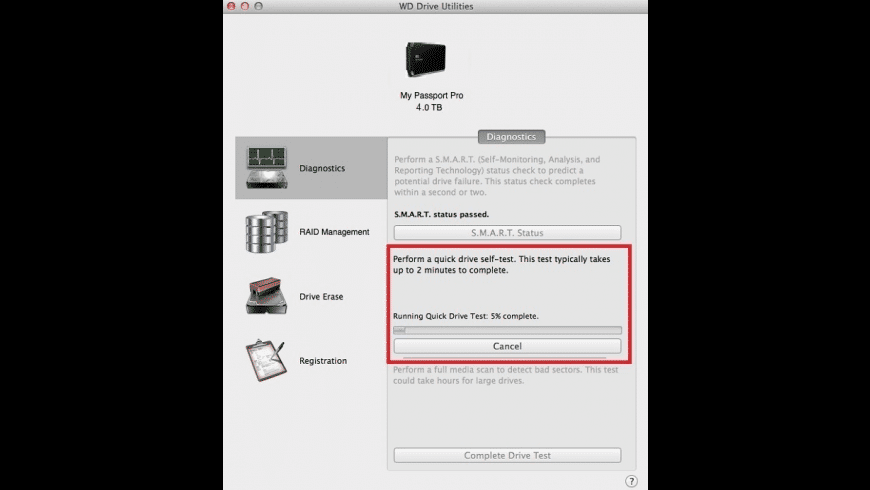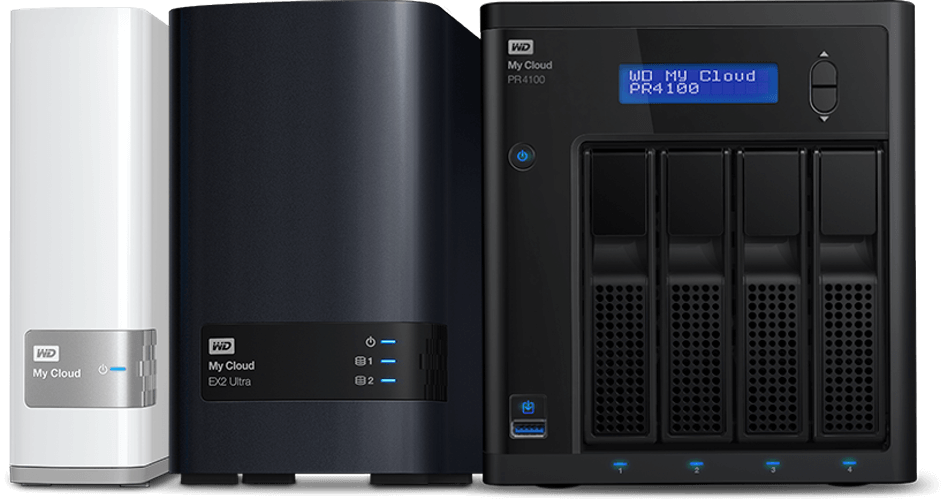How to get updates for macOS Mojave or later

If you’ve upgraded to macOS Mojave or later, follow these steps to keep it up to date:
- Choose System Preferences from the Apple menu , then click Software Update to check for updates.
- If any updates are available, click the Update Now button to install them. Or click “More info” to see details about each update and select specific updates to install.
- When Software Update says that your Mac is up to date, the installed version of macOS and all of its apps are also up to date. That includes Safari, iTunes, Books, Messages, Mail, Calendar, Photos and FaceTime.
With space to keep virtually everything, the My Cloud Pro Series offers your creative team the network storage to edit, save and share production files from anywhere with an internet connection. Compatible with both Mac and PC, you're able to protect your content regardless of OS. And with all photos, videos and files organized in one place, your team has all it needs to streamline its. The WD My Cloud firmware update procedure is quite simple and should take only a few minutes to complete. Just get the downloadable package (compatible with both Windows and MAC OSes), open QuickView, and log in to the device’s main dashboard.
Install Wd My Cloud Software


To find updates for iMovie, GarageBand, Pages, Numbers, Keynote and other apps that were downloaded separately from the App Store, open the App Store on your Mac, then click the Updates tab.
To automatically install macOS updates in the future, including apps that were downloaded separately from the App Store, select “Automatically keep my Mac up to date”. Your Mac will notify you when updates require it to restart, so you can always choose to install those later.
How to get updates for earlier macOS versions
If you’re using an earlier macOS, such as macOS High Sierra, Sierra, El Capitan or earlier,* follow these steps to keep it up to date:
- Open the App Store app on your Mac.
- Click Updates in the App Store toolbar.
- Use the Update buttons to download and install any updates listed.
- When the App Store shows no more updates, the installed version of macOS and all of its apps are up to date. That includes Safari, iTunes, iBooks, Messages, Mail, Calendar, Photos and FaceTime. Later versions may be available by upgrading your macOS.
To automatically download updates in the future, choose Apple menu > System Preferences, click App Store, then select “Download newly available updates in the background”. Your Mac will notify you when updates are ready to install.
* If you’re using OS X Lion or Snow Leopard, get OS X updates by choosing Apple menu > Software Update.
How to get updates for iOS
Learn how to update your iPhone, iPad or iPod touch to the latest version of iOS.
Latest Software Update For Mac Wd My Cloud Free
Learn more
Wd My Cloud Firmware Update
- Learn how to upgrade to the latest version of macOS.
- Find out which macOS your Mac is using.
- You can redownload apps that you previously downloaded from the App Store.
- Your Mac doesn’t automatically download large updates when it’s using a Personal Hotspot.